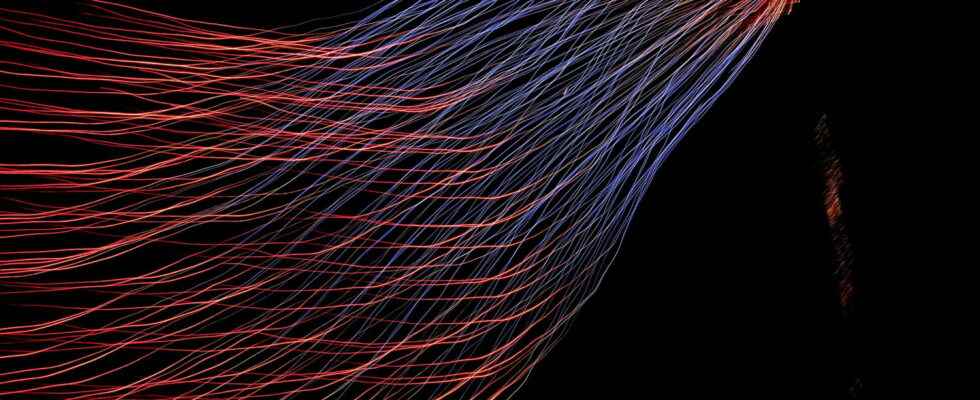Useful, amusing, futile or catastrophic…Artificial intelligence or rather “machine learning” excites the curiosity and creativity of manga publishers and animation producers. In this first episode of our investigation, we sought to find out if algorithms could create… This is the first part of a series of five episodes.
Episode #1: Can Machines Create?
The year 2000 and its famous computer bug are a distant past, and the majority of science-fiction prophecies have not taken place (except unfortunately those born under the pen of George Orwell). Flying cars don’t swarm the skies, Mars and the moon remain distant and uninhabitable destinations, and Skynet hasn’t woken up yet. But research around artificial intelligence has made great progress – especially in the “machine learning“. Behind this technical term hide algorithms which are not content to reproduce a pattern defined in the code, but which can learn and therefore, partially, evolve. Many projects, both beneficial and harmful, have emerged from the system from diabetes prevention to “deepfakes. The manga and animation industry has also been affected by the phenomenon, from automated manga creation, such as the project Kioxia at Kodansha, at the automated transformation of animation sets from real shots at Toei Animation, under the supervision of Toshihiro Miura, the magazine’s editor Morning. A system of smart stock prediction is being tested at Kodansha, Shueisha and Shogakukan with the IT company Marubeni, in order to reduce return rates.
For the general public, artificially generated images take the form of the weird and fantastic creations of services like Slab and Mid Journey. Thanks to those, users have revisited film posters with manga sauce, others have generated the images of a cartoon.

In 2020, under the code name 2020, Kioxia’s research lab teams joined forces with Tezuka Production and Kodansha to launch the project. 2020. It is the most ambitious project of creation assisted by artificial intelligence: to create a new manga in the universe of Osamu Tezuka, the god of manga. For this project, the teams decided to entrust an AI, nourished by the work of Tezuka, with the responsibility of creating new characters as well as a scenario. “The appeal of Tezuka’s work was a key factor in this project. People came to this project for the challenge that Osamu Tezuka represented. Therefore, I doubt that another project of this scale can see the light of day so soon”, explains Toshihiro Miura, the editor-in-chief of the magazine Morning. Moreover, many engineers from the Kioxian group, including Ryohei Orihara, the head of the research lab in charge of the project, saw their vocation born thanks to the famous character of Tezuka, Atomboy (Astro the little robot).
For Toshihiro Miura, this adventure reminded “how difficult and demanding the manga creation process is. I find it impressive that humans can create stories and imagine original and complex stagings”. Learning, an essential key to training a machine learning model, is also found in humans, notes the editor: “The creativity of an author is intimately linked to his cultural influences and all the knowledge he has stored from everywhere”.
Yet the creation of complete history today seems impossible. And machine learning seems to apply better for simple design creations, assures Toshihiro Miura: “The design of isolated fragments, design elements seems to me more accessible than the creation of a story. For the generation of a scenario or character profiles, if the tools can highlight certain keys or patterns by analyzing what has been created before, they ignore human emotions. So, as far as I am concerned, it seems impossible to me for the algorithm to replace the human at this level”. Will algorithms one day be brought to replace publishers? It is unlikely, even if this is the biggest concern that this new technology raises for the latter, as Toshihiro Miura explains to us.
Since entrusting the entire creative process to a machine is not yet viable, as this Mr Puzzles project above shows, it can be effective for analyzing trends and pitch concepts until a human grabs them and adds emotion to them. For now, the creativity of manga authors remains irreplaceable, regardless of the degree of maturity of an algorithm. But there are areas in which they have already proven themselves. In the next part of our investigation we will see where algorithms can help in manga translation.
